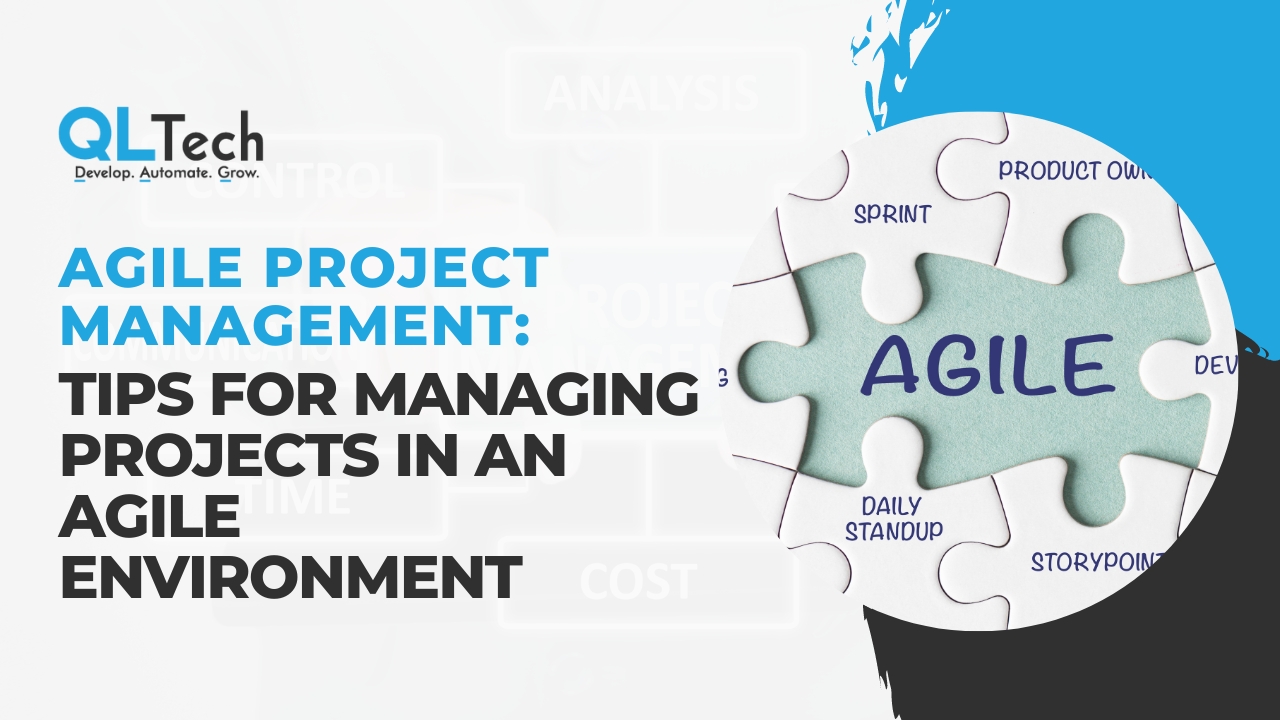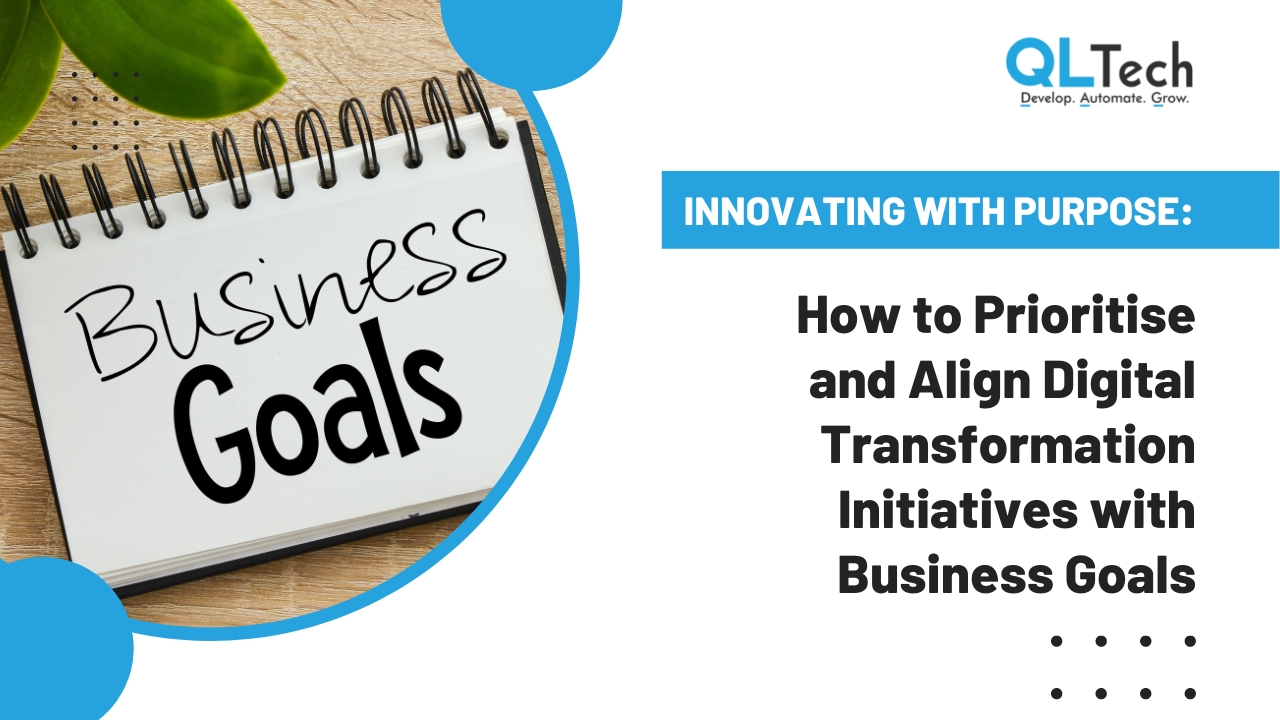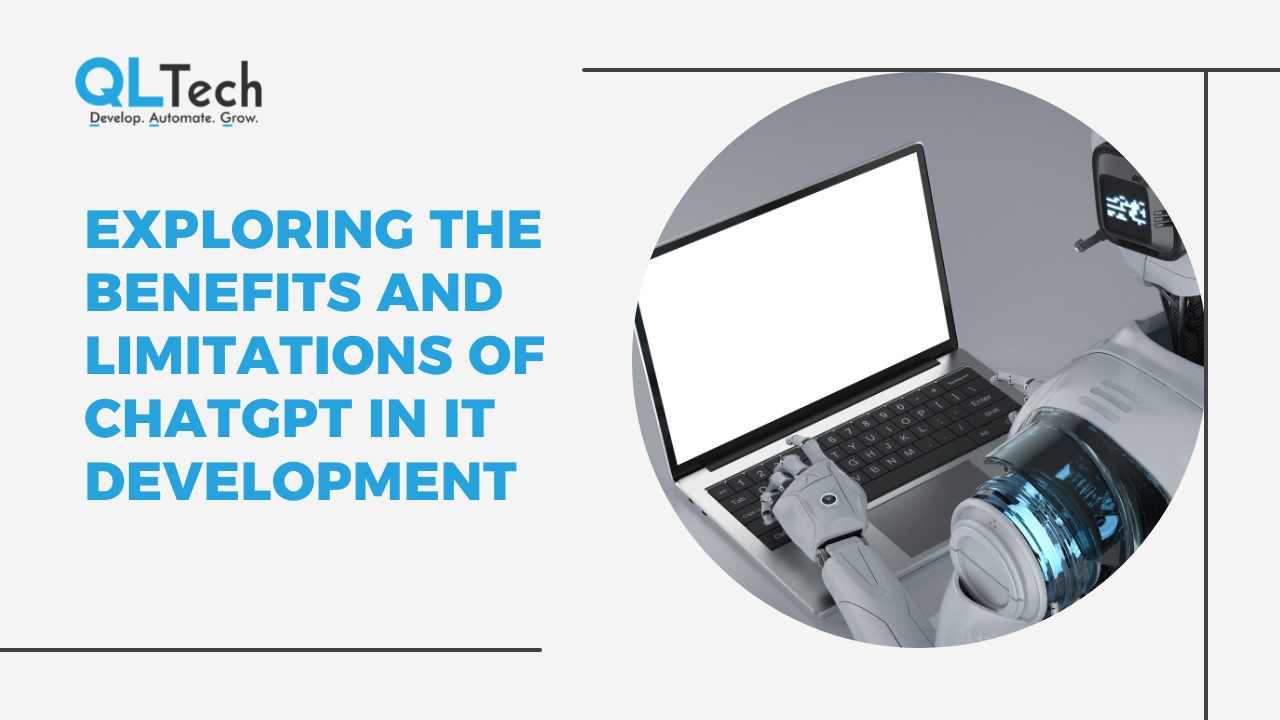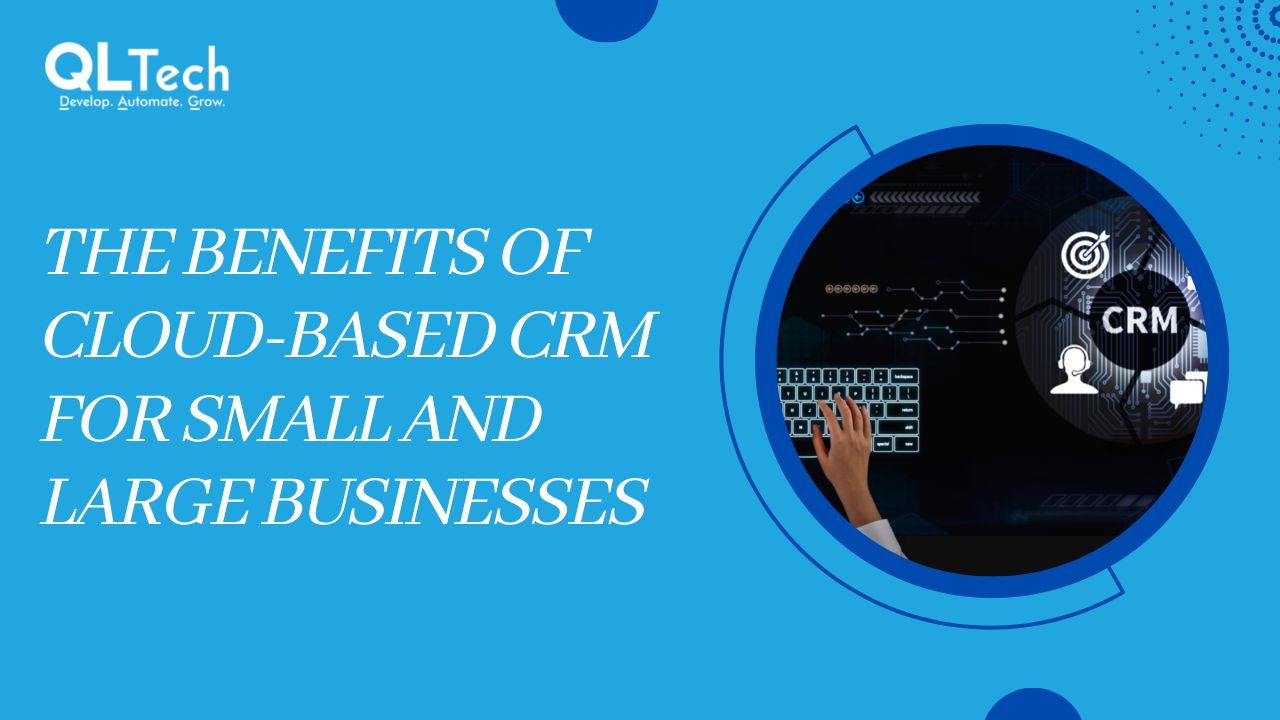Agile project management is a flexible and iterative approach to project management. It emphasises collaboration, adaptability, and a focus on delivering value to the customer. In this blog post, we’ll discuss tips for managing projects in an agile environment.

Focus on value: In an agile environment, the focus should be on delivering value to the customer. Identify the customer’s needs and priorities and align your project goals with them. This will help you ensure that you are delivering a product that meets the customer’s needs.
Embrace change: Agile project management is flexible and iterative, which means that changes are expected. Embrace change and be willing to adapt your project plan as needed. This will help you respond to changing market conditions and customer needs.
Empower the team: In an agile environment, the team is empowered to make decisions and take ownership of the project. Encourage the team to collaborate and share ideas. This will help you build a sense of ownership and commitment to the project.
Use a prioritised backlog: A backlog is a prioritised list of tasks or features that need to be completed. Use a prioritised backlog to ensure that the team is focused on the most important tasks. This will help you ensure that you are delivering value to the customer.
Hold regular stand-up meetings: Stand-up meetings are short, daily meetings in which the team discusses progress and any roadblocks. Hold regular stand-up meetings to keep the team aligned and informed. This will help you identify and resolve issues quickly.
Use a Kanban board: A Kanban board is a visual tool that helps the team manage their work. Use a Kanban board to track progress, identify bottlenecks, and improve workflow. This will help you optimise the team’s performance and improve productivity.
Conduct regular retrospectives: Retrospectives are meetings in which the team reflects on their performance and identifies areas for improvement. Conduct regular retrospectives to identify opportunities for process improvement. This will help you continuously improve your team’s performance and the quality of the product.
Maintain open communication: In an agile environment, open communication is essential. Encourage the team to communicate openly and frequently. This will help you identify issues early and work collaboratively to resolve them.
Use data to drive decision-making: Agile project management emphasises data-driven decision-making. Use data to monitor progress, identify trends, and make informed decisions. This will help you ensure that the project is on track and that you are delivering value to the customer.
In conclusion, managing projects in an agile environment requires a flexible, collaborative, and iterative approach. Focus on delivering value to the customer, embrace change, empower the team, use a prioritised backlog, hold regular stand-up meetings, use a Kanban board, conduct regular retrospectives, maintain open communication, and use data to drive decision-making. By following these tips, you can successfully manage projects in an agile environment and deliver a high-quality product that meets the customer’s needs.







